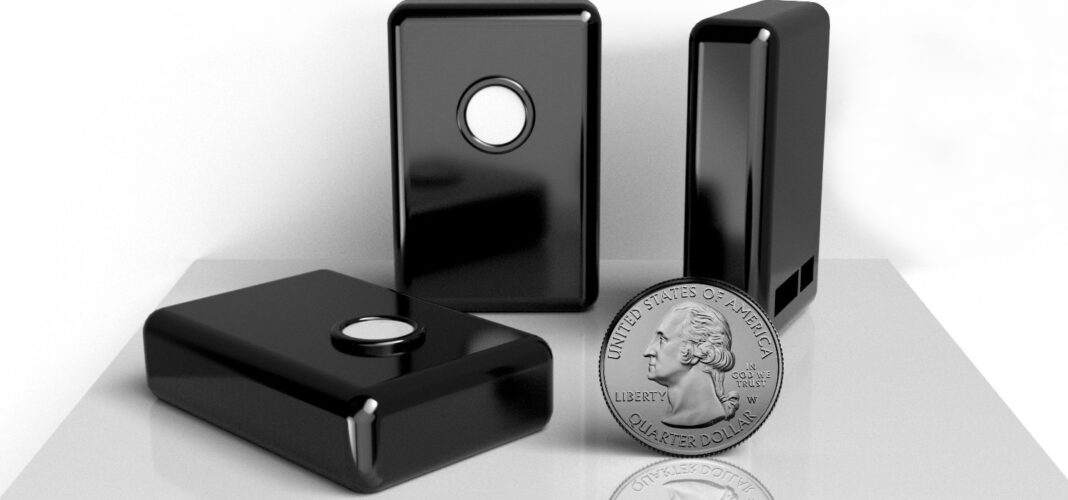Umajin’s IoT “Software Factory” brings pre-built modules, automation and AI to the process of rapidly creating complete IoT solutions. Working prototypes can be available in a few days, and a fully functional demonstration solution in a few weeks.
The Internet of Things has seen a lot of hype, but fewer success stories. Low cost system-on-chip modules that incorporate microcontrollers, sensors, cameras, and networking chips open up a wide range of opportunities for IoT. However, in addition to connecting various sensors devices, solutions typically require the development of embedded firmware, cloud services, connections to other systems, and control systems and dashboards running on smartphones or PCs. Building a complete solution requires multiple suppliers and development tools, and some of these tools, such as GE’s Predix, are complex and expensive to learn to use.
Umajin IoT “Software Factory” uses a fundamentally more efficient process. Business teams, together with system integrators or development partners, can work simultaneously on the multi-user collaborative visual editor. Pre-built, high performance building blocks provide a wide range of capabilities, such as Bluetooth, RFID readers, online and offline maps, voice and gesture control, image processing, and configurable dashboards. The library can easily incorporate existing and custom modules and plugins, making these easily available for reuse by the team. A cloud appliance enables the ingestion and analysis of IoT data and secure connections to other systems. The core engine used by Umajin is designed for broad range of enterprise applications, and incorporates AI to automate many typically tedious programming tasks. Hence, Umajin provides a single platform for developing embedded device firmware, dashboards and control panels on smartphones and PCs, as well as the cloud services for data analysis.
The Umajin platform has been built over the last 15 years through a series of projects funded by companies like Intel, Microsoft, HP, Dell and Sony. The company has established a deep IP portfolio and now has an end-to-end solution for building software—our “Software Factory”. There are more than 75 core technology elements that make up the platform.
The Umajin “Software Factory” for IoT solutions makes it very cost effective to rapidly develop a complete solution to address an identified customer opportunity, evaluate the solution in the customer’s environment, refine it if necessary, and then roll out at scale. Development time is typically reduced more than 90%. Once a solution goes into deployments, Umajin’s architecture easily scales to support millions of devices.
Examples of Umajin “Software Factory” IoT Solutions
Smart Buildings — Indoor Location Services: This solution uses a 3D “fingerprint” of RF signals in a building and an AI algorithm running in the cloud to determine location in a building with 99% accuracy. Current use cases include “alert buttons” and asset tracking. Alert buttons can send texts or other messages to a response team when an individual needs assistance. Asset tracking can be displayed on a map of the property, allowing assets to be managed and utilized more efficiently. Umajin’s “Software Factory” was used to build the embedded firmware in the alert buttons, asset tracking devices, and RF scanning equipment, the cloud-based machine learning algorithm for analyzing location, the dashboards and alerting, as well as the orchestration of the entire process.
Smart Building — Reading Legacy Utility Meters: In response to a customer need Umajin developed a battery-powered machine vision solution for reading legacy analog and digital meters (gas/power/water). The solution uses a system on chip module incorporating a camera, microcontroller, and networking module. Umajin developed the module firmware for interpreting meter reading and transmitting back data over a low bandwidth network to a Umajin dashboard which can connect to other systems.
The machine vision solution has achieved 99.9% accuracy since trials beginning January 2019. The overall result is extremely cost effective and scalable telemetry which can be flexibly analyzed at the corporate, building and tenant level.
Smart Building — Occupant Flow Tracking: This solution provides anonymous customer flow tracking using 3D depth cameras mounted above entrances/exits pointing down. This provides the ability to count customers passing beneath a camera and determine their traveling direction. This same camera system can also count the number of people waiting in queues.
The anonymous camera flow tracking solves one of the most challenging issues which is accurately determining motion, queuing and dwell times for people inside complex spaces in a passive fashion with low cost.
Digital Twin – Visualize Data on Office, Manufacturing, or Distribution Facilities: Umajin enables rendering of high quality point cloud models (such as Matterport scans) with color coded CAD models, GIS layers and then with data overlaid on top. The underlying native game engine allows high performance visualization of data sets on smartphones, laptops and in VR. This ranges from charts and graphs, to maps and heatmaps, right through to full 3D visualizations of point cloud and CAD with data overlaid. The IoT powered digital twin can display actionable data on VR and mobile devices. This allows corporate, building management, and tenants a view.
Other opportunities: The examples highlighted are just a few examples of the type of solutions than can be built using the Umajin “software factory” platform. Others include vibration analysis to identify impending failure events with machinery, management of parking spaces, and location-based delivery of product information.
Summary
Umajin Software Factory’s dramatic improvement in creating complete IoT solutions using low cost commodity hardware is enabled by an intellectual property portfolio of more than 75 fundamental computer science innovations. This capability is presented to the user using an intuitive visual editor that is as easy to learn as PowerPoint. Deployments times can be shorted by 90% or more, whether for a simple business process application or for the display of scenarios in virtual reality built on enterprise data from multiple systems. This fundamentally changes the economics of building IoT solutions in response to identified opportunities.
